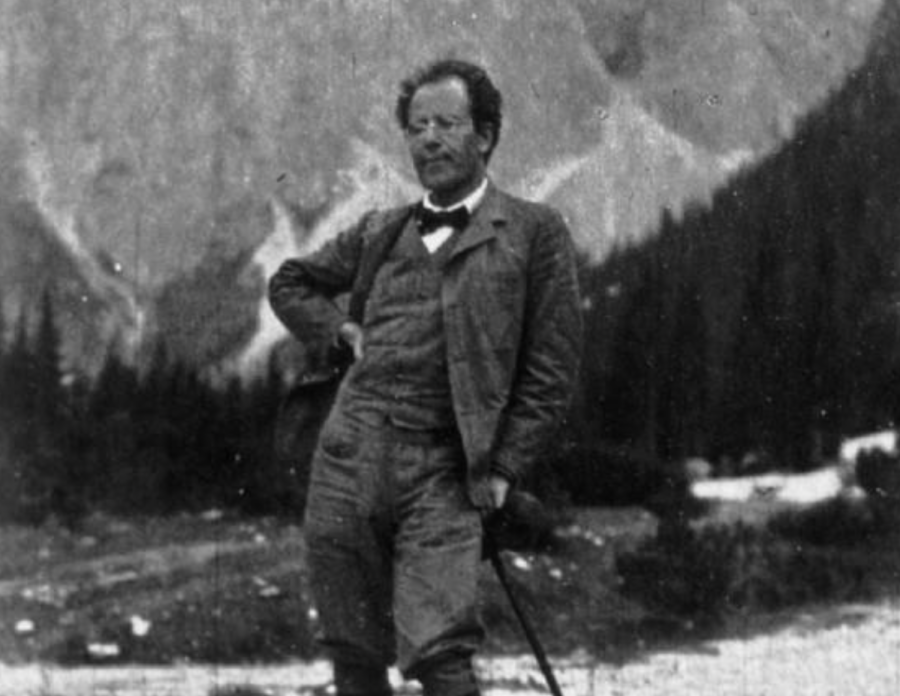Embers in the world’s dark
May 6, 2022
It was a night encased in ice. My neighbors were entombed in their beds, shielding themselves from the bitter cold while I hobbled down my driveway into the limitless, frosty dark. The temperature was below zero, but I desperately needed to clear my head; besides, there’s something strangely alluring in how the raw air grazes your skin. I slipped my coat on and strode out into the deserted street. I had forgotten a hat, but no matter: I slipped my headphones on in its place.
I don’t think there is anything especially strange about my music taste. I’ll admit that classical music is, perhaps, an unorthodox choice for someone my age seeing as it is usually associated with heads of gray hair and dentures, academicism, and stuffiness. However, classical music is fundamentally about feeling; in this regard, it is not dissimilar from more popular genres. Singer-songwriters and composers of any genre write about the same themes of love, joy and melancholy. The only difference is the style.
Classical music is the primary arbiter of my feelings and has shaped my guiding philosophy and worldview. It is a form in which I seek to express myself every day, whether by playing in the orchestra, ensembles, or in musical composition.
I selected a recording of Gustav Mahler’s tenth symphony to listen to as I walked through my frigid neighborhood. I paused under a dim streetlight as the first notes began to trickle in through my headphone speakers before turning off the road into a lightly-forested park. The first theme of the symphony is lonely and dissonant, played solely by the viola section. It’s like walking alone through an abyssal, wintry night, with its enigmatic and bleak quality.
The influence of Mahler’s music on my life greatly exceeds that of other composers. Mahler was born in 1860 and lived fifty-one years, writing some of the largest, most revolutionary symphonies of the period. Symphonies scored for massive orchestras, such as his eighth, which had over one thousand performers at its premiere; symphonies that called for a variety of exotic instruments, like cowbells or a giant Thor’s hammer that he himself invented. His works weren’t just big in the literal scale, but also in the themes they covered; Mahler declared once that “a symphony must be like the world,” and that it “must contain everything.” His symphonies are famed for their wide focuses and their philosophical subjects, some being the meaning of life, human mortality, and the universe.
The lonely theme began to dissipate as I neared the meadow, my final destination before returning home. I paused for a moment at the edge of the knoll as the track went silent; this was one of my favorite parts of the piece. A sumptuous chord entered with the cellos and French horns, full of color and rich with starlight. The music worked itself up as I approached the highest point on the meadow, waxing closer and closer to its zenith as more instruments joined in. The harmonies became tense and brooding, the melody higher and more dissonant.
Finally, the apex was ascended; the lavish notes that began the section returned, lyrical and tender. The warmth was irresistible, overpowering the bleakness of the world and melting the ice encasing it. It was as though the universe had outstretched its arms and hugged me; it was as though I had been swaddled in a curtain of constellations. I felt the tears, hot and silvery, running down my cheek. The longing too, was overpowering–indescribable and, at the same time, all too familiar.
This is where the beauty of the tenth, and Mahler overall, is found. Though he and I live very different lives, he manages to communicate feelings that transcend superficial barriers and appeal to our shared experiences as human beings. The work was written in a difficult time for Mahler. He had lost his five-year-old child to scarlet fever, discovered he had a fatal heart condition, and learned his wife was an adulterer. The music matches the internal struggle he was going through: the colder, lonelier half represents the tragedies he faced, while the warm, rich section shows his continued love of his wife.
Music like this is a reminder that we all grapple with the same sentiments of longing, of joy and sorrow, and of love and anxiety; that we all face the same challenges of the human condition. It brings starlight and warmth into the abyssal night that existence can sometimes be, and it staves off the frigidity of the world.
I began my journey homeward. The air was still raw, and the world was still dark, but the case of ice had begun to melt, because someone had placed a fire within my heart.

